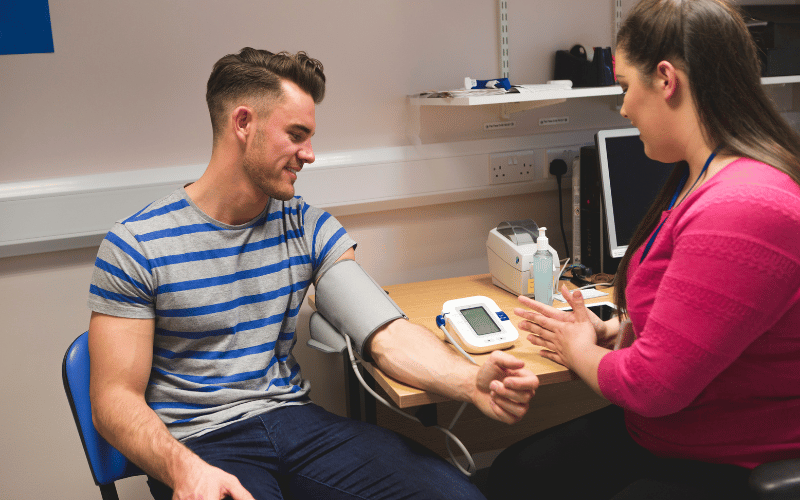Frequently Asked Questions About Scarlet Fever
Advertisements
 Advertisements
Advertisements
1. What causes Scarlet Fever?
Scarlet Fever is caused by the bacteria Group A Streptococcus, the same bacteria that causes strep throat. It’s transmitted through respiratory droplets when an infected person coughs or sneezes.
2. Is Scarlet Fever contagious, and how is it spread?
Yes, Scarlet Fever is highly contagious. It spreads through close contact with an infected person, especially through respiratory droplets. It can also spread by sharing drinks, food, or using the same utensils as someone with the infection.
3. What are the primary treatments for Scarlet Fever?
The primary treatment for Scarlet Fever is antibiotics, usually penicillin or amoxicillin. These antibiotics help reduce the duration and severity of symptoms and prevent complications. Symptomatic treatments, such as fever reducers and throat soothers, are also used.
4. Can adults get Scarlet Fever?
Yes, adults can get Scarlet Fever, although it’s more common in children. Adults who are frequently in contact with children, such as parents and teachers, are at a higher risk of contracting the disease.
5. How long is the recovery period for Scarlet Fever?
With proper treatment, symptoms of Scarlet Fever typically improve within a week. However, it may take a few more weeks for complete recovery, and skin peeling may occur during this time.
6. What are the possible complications of Scarlet Fever?
If left untreated, Scarlet Fever can lead to serious complications like rheumatic fever, kidney disease, ear infections, and skin infections. Early treatment with antibiotics is crucial to prevent these complications.
7. How can Scarlet Fever be prevented?
Good hygiene practices, such as regular hand washing, covering mouth and nose when sneezing or coughing, and avoiding sharing utensils with sick individuals, can help prevent the spread of Scarlet Fever. Also, keeping children home from school when they are sick is important.
8. When should someone with Scarlet Fever symptoms see a doctor?
If you or your child show symptoms of Scarlet Fever, such as a sore throat, fever, and rash, it’s important to see a doctor promptly for a proper diagnosis and to begin treatment.
9. Is there a vaccine for Scarlet Fever?
Currently, there is no vaccine for Scarlet Fever. The best prevention is through good hygiene and avoiding close contact with those who have the infection.
10. Can Scarlet Fever recur?
It’s rare but possible for Scarlet Fever to recur, especially if exposed to the bacteria again. Reinfection can happen if the initial infection was not fully treated or if there is a new exposure to the bacteria.
Conclusion: Navigating the Path of Scarlet Fever
Understanding Scarlet Fever’s symptoms, treatment, and prevention is crucial in managing this contagious illness. Primarily affecting children, it presents with distinct symptoms like a red rash, sore throat, and fever, which, if recognized early, can be effectively treated with antibiotics.
The importance of timely medical intervention cannot be overstressed, as it not only alleviates symptoms but also prevents serious complications.
Scarlet Fever, while formidable, is highly manageable with prompt and appropriate care. Emphasizing good hygiene practices, such as regular hand washing and minimizing close contact with affected individuals, plays a vital role in preventing its spread.
In today’s health-conscious world, staying informed and vigilant about such diseases is vital for community health and well-being. By recognizing the signs and understanding the treatment options, parents and caregivers can ensure swift recovery and minimal discomfort for those affected, safeguarding the health of our communities.